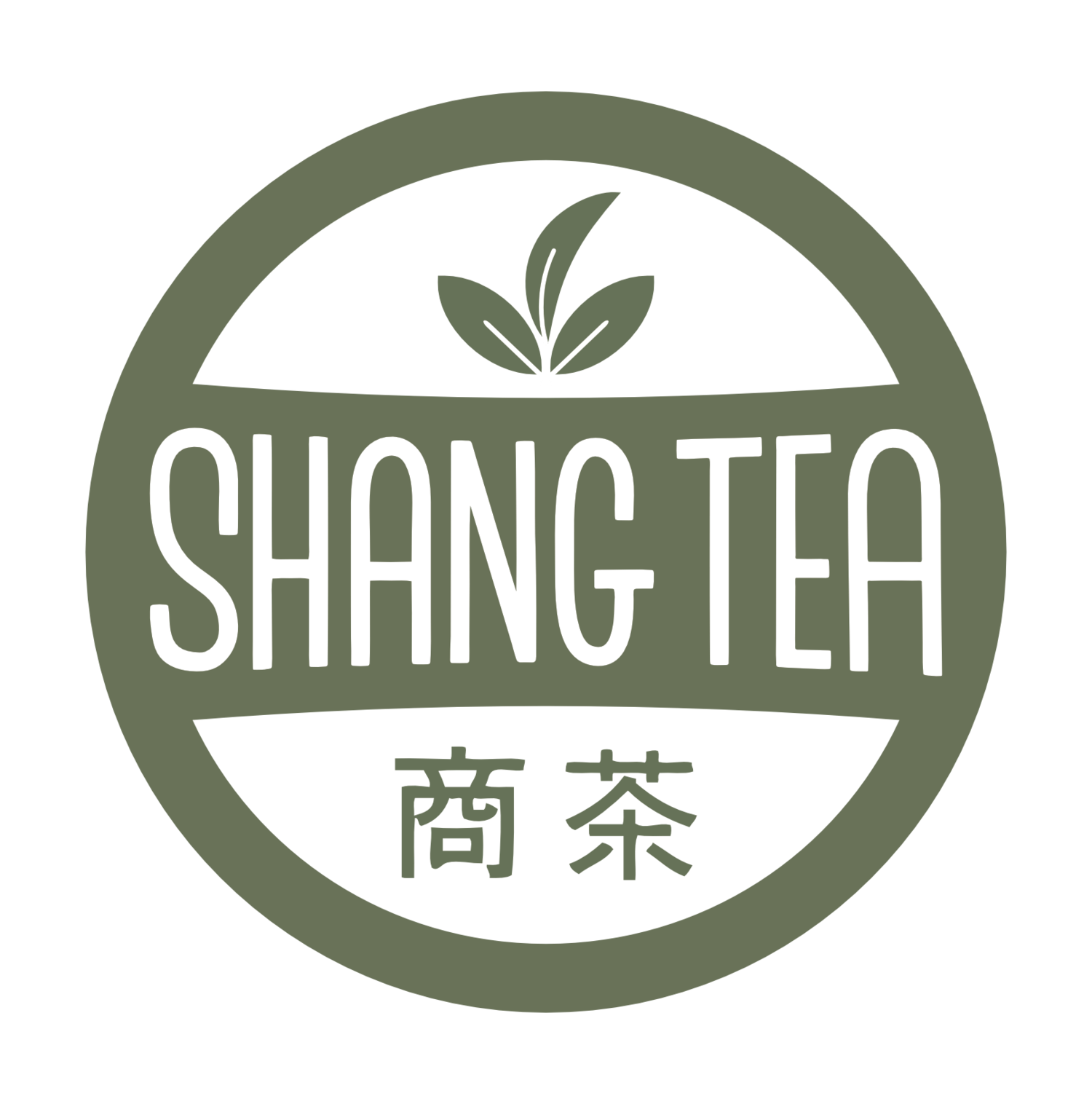Scenting, Blending, and Flavoring Tea
We often get asked what the difference is between scented tea, flavored tea, and blended tea. In this post I will highlight the differences between these three types of tea.
Scented tea is derived from a traditional process where fresh flowers are added to dry tea leaves so that the tea leaves can absorb the flavor and aroma from the flowers. This process is usually done in a big bamboo canister with the flower/tea mix being allowed to sit overnight, which allows the tea leaves to absorb the natural oils from the flowers. This process is repeated 3-5 times to give the tea a natural and rich floral flavor and aroma.
Flavored tea is created by mixing tea leaves with either extracts, nature-identical flavors, or artificial flavors. An extract is an essential oil that is extracted or removed from living flowers/plants; a nature-identical flavor is a chemically created compound that is chemically identical to an extract; and an artificial flavor is a chemically altered version of a nature-identical flavor that is typically utilized in order to reduce costs.
Blended tea is a mixture of tea leaves with another plant source, such as herbs, flowers, or dried fruit bits. An example of blended tea would be a type of white tea mixed with chrysanthemum flowers.
Tea companies sometimes use a combination of the above processes. Many large scale producers of jasmine tea, for example, will scent tea leaves 1-2 times with jasmine flowers and then flavor the tea with natural or artificial jasmine oils.
Here at Shang Tea we utilize both scenting and blending to create some of our teas. For example, we use a scenting procedure to produce our Jasmine Teas , Pao Blossom White Tea, and Tangerine Blossom Red Tea. We scent our tea leaves 6 times with the buds of jasmine flowers, and 4 times with pao flowers and tangerine blossoms, respectively, to produce a rich floral flavor and aroma. We also have a tea blend, which is our Honeysuckle White Tea, where we mix our White Peony King White Tea with our herbal Wild Honeysuckle. Check out our whole selection of teas here.
